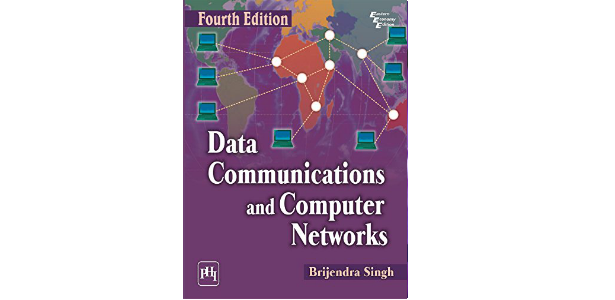Impact of Software Development Process
Software process can be defined as “a set of activities, methods, practices, and transformations that people use to develop and maintain software and the associated products” . According to IEEE software development process is a process by which user needs are translated into a software product. The process involves translating user needs into software requirements, transforming the software requirements into design, implementing the design in code, testing the code, and sometimes, installing and checking out the software for operational use . Software process used to create software and achieve quality in software products. The main objective of the development of a system is its efficient integration in real-life situations. Various software development methods have been adopted to develop the software products such as: waterfall model, iterative and incremental model, spiral model, V model, rapid application development, prototyping model, agile model, and hybrid spiral model. Some of the most commonly used are waterfall, spiral, V model, and agile model. Software development organizations have realized that adherence to a suitable well defined life cycle model helps to produce good quality products .
Mainly there are four phase of software development; software requirement, software design, software coding/implementation and software testing, which have been used in various models. Each and every phase have an individual impact on software quality attributes. These phase play an important role to improve quality of finished products . A suitable life cycle model can possible be selected based on an analysis of issues such as: characteristics of the software to be developed, characteristics of development team, and characteristics of customer.
There are various issues in traditional software development process. The failure of many software projects in terms of not meeting user/business requirements, prone to errors etc has led to software quality becoming one of the key issues from all stakeholders‟ perspective. In a competitive environment quality based product is basic need for any product success. To achieve quality, efficient process is required. Activities of software development can be organized in a process, in order to achieve the quality in finished product.
The main research question of this review article is to find out the impact of software development process on software quality. Software requirement analysis used to collect needs or requirement of software. Requirement analysis is the first step which involves to the quality because this step used to capture all functional and non-functional requirements to be implemented in final product. Software design is next step to derive quality to create complete structure or architecture of software which is stated into requirement specification. Design provides not only to find out how the software product is going to be appear, but also allows both software users and developers to realize how it's going to function. Because design is the only way to completely translate a requirements into a finished product.
After software design software coding/implementation phase is used for implementing the software. Software implementation is based upon programming language. This phase also play an important role because using coding an executable version of software is created. Programming language can impact not only the coding process, but also the properties of the resulting product and its quality. Software testing is conducted when executable software exists. Testing used to find out errors and fix them to support software quality. Testing check what all functions software supposed to do & also check that software is not doing what he not supposed to do.
The main research question of this review article is to find out the impact of software development process on software quality. Software requirement analysis used to collect needs or requirement of software. Requirement analysis is the first step which involves to the quality because this step used to capture all functional and non-functional requirements to be implemented in final product. Software design is next step to derive quality to create complete structure or architecture of software which is stated into requirement specification. Design provides not only to find out how the software product is going to be appear, but also allows both software users and developers to realize how it's going to function. Because design is the only way to completely translate a requirements into a finished product.
After software design software coding/implementation phase is used for implementing the software. Software implementation is based upon programming language. This phase also play an important role because using coding an executable version of software is created. Programming language can impact not only the coding process, but also the properties of the resulting product and its quality. Software testing is conducted when executable software exists. Testing used to find out errors and fix them to support software quality. Testing check what all functions software supposed to do & also check that software is not doing what he not supposed to do.




